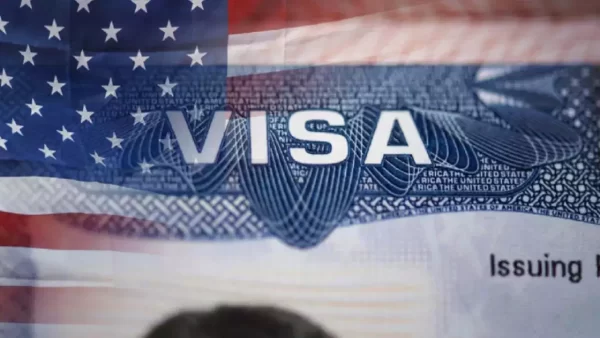A pod of 230 pilot whales was found stranded on the west coast of Tasmania which was rough on Wednesday, with Australian officials said that only half of them lived.
The air image shows the terrible scene of a dozen shiny black mammals scattered on the long beach, trapped in a water line where the cold southern ocean meets sand.
Local residents cover the survivors with a blanket and watering it with a bucket of water to keep them alive, when other whales nearby try to be in vain to twitch free and lie down more.
The Pope is “stranded near Macquarie Harbor,” said the Department of Natural Resources and the State Environment. “It seems that about half of the animal is still alive.”
Officials said marine conservation experts and staff with whale rescue equipment were on their way to the scene.
They will try to reflect animals that are strong enough to survive and the possibility of pulling carcasses into the sea, to avoid pulling sharks to the area.
Nearly two years because Macquarie Harbor is the largest mass scene in the country, which involved nearly 500 pilot whales.
More than 300 pilot whales were killed during the stranded, although there were dozens of volunteers who worked hard for days in the waters of Tasmania freezing to free them.
Distress signals
The cause of the mass strands is still not fully understood.
Scientists have suggested they can be caused by pods who are off the track after feeding too close to the beach.
Pilot Pope – which can grow up to more than six meters (20 feet) – very friendly and can follow the deviant podmate into danger.
That sometimes occurs when an old animal, sick or injured swimming to land and other POD members follow, trying to respond to the signal of the trap’s trap’s difficulty.
Others believe that the beaches are gently sloping as found in Tasmania confusing the Pope who made them think they were in open waters.
The news came only a few hours after a dozen young male sperm whales were reported dead in a separate mass stranded on King Island – Antara Tasmania and mainland Australia.
The death of young whales may be a case of “Misadventure”, a biologist of wildlife Kris Carlyon from the State Government Conservation Agency to the local Mercury newspaper.
“The most common reason for the stranded event is bad luck, they may have been looking for food close to the beach, there may be food and maybe they are caught red -handed,” Carlyon said.
“That’s the theory at this time.”
Nearby, New Zealand strands are also common.
There, around 300 coastal animals themselves every year, according to official and unusual figures for groups between 20 and 50 pilot whales to run aground.
But the number can reach hundreds when “POD Super” was involved – in 2017, there was a mass stranded from nearly 700 pilot whales.


